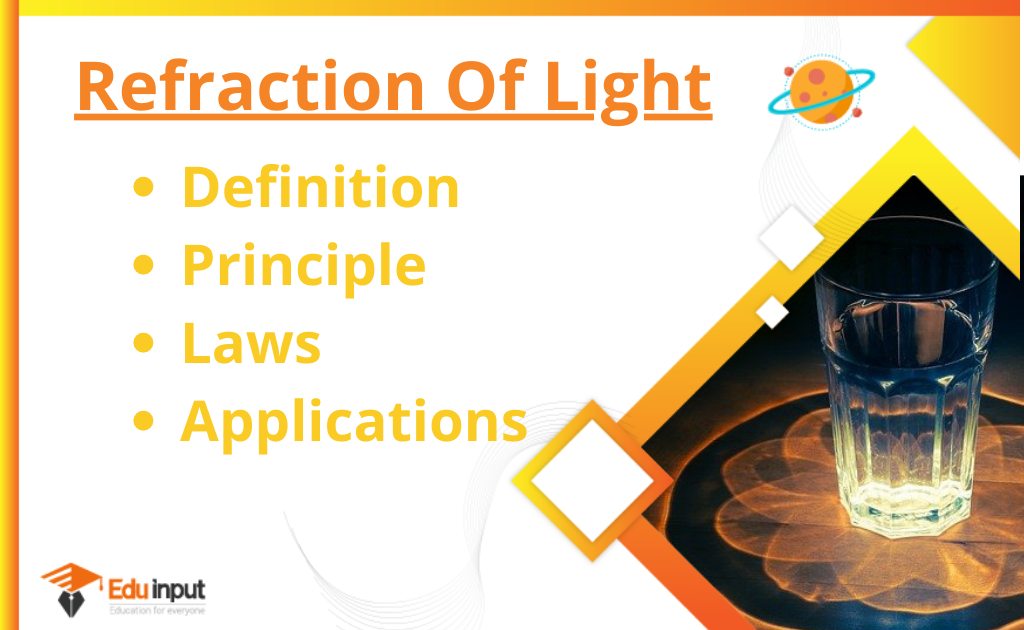What is the Absorption of Light?-Definition, Example, And Application
Absorption of light is the process where photons of light (particles of light) interact with molecules in order to create chemical reactions. When these chemical reactions occur, they produce energy.
What is the Absorption of Light?
Light is absorbed by matter and converted into energy in the absorption process. If a wave of light hits a material in which the electrons are vibrating at the same frequencies as the wave of light, the electrons will absorb the energy and convert it into vibrational energy. electrons will vibrate at different rates and absorb different frequencies of light, this is why objects have different colors.
The state of an object’s electron is an important factor in absorption. The electrons vibrate at a specific Frequency, which is called their “natural” Frequency. When light interacts with an atom of the same Frequency, the electrons of the atom start vibrating.
The electrons of the atom interact with each other in order to convert the energy of the neighboring atoms into thermal energy. Light energy is not seen again, that is the reason absorption is different from reflection and transmission.
Different atoms and Molecules absorb different frequencies of visible light because of their different natural frequencies of vibration.
Absorption of Light Examples
Everything is capable of absorbing light, that’s what was mentioned. The organic molecule is good at absorbing light. If an organic molecule has electrons that have a high natural frequency, they absorb the light which has a high natural frequency as well. The wavelength of light absorbed by the light is determined by the length of the conjugated system.
Absorption of Light and colors
The field of absorption of electromagnetic radiation is different. The field has the same coefficients. A good example is a color. An observer won’t see the colors in the reflected light if a material or matter absorbs the light.
The observer will see the colors that are reflected in the material. The leaves absorb the blue and red colors of the spectrum and reflect green. To the naked eye, reflected light can be seen in many colors. Light absorption is related to matter’s wavelength of light.
Application of Absorption of Light
Physicists can determine and identify the properties and material composition of an object by observing which frequencies of light it absorbs by relying on this method. Some materials are opaque to some light wavelengths, while others are transparent to others.
Wood is difficult to see in all forms of visible light. Glass and water are transparent to visible light but opaque to ultraviolet light. Solar panels absorb light and convert it into current electricity.







Leave a Reply